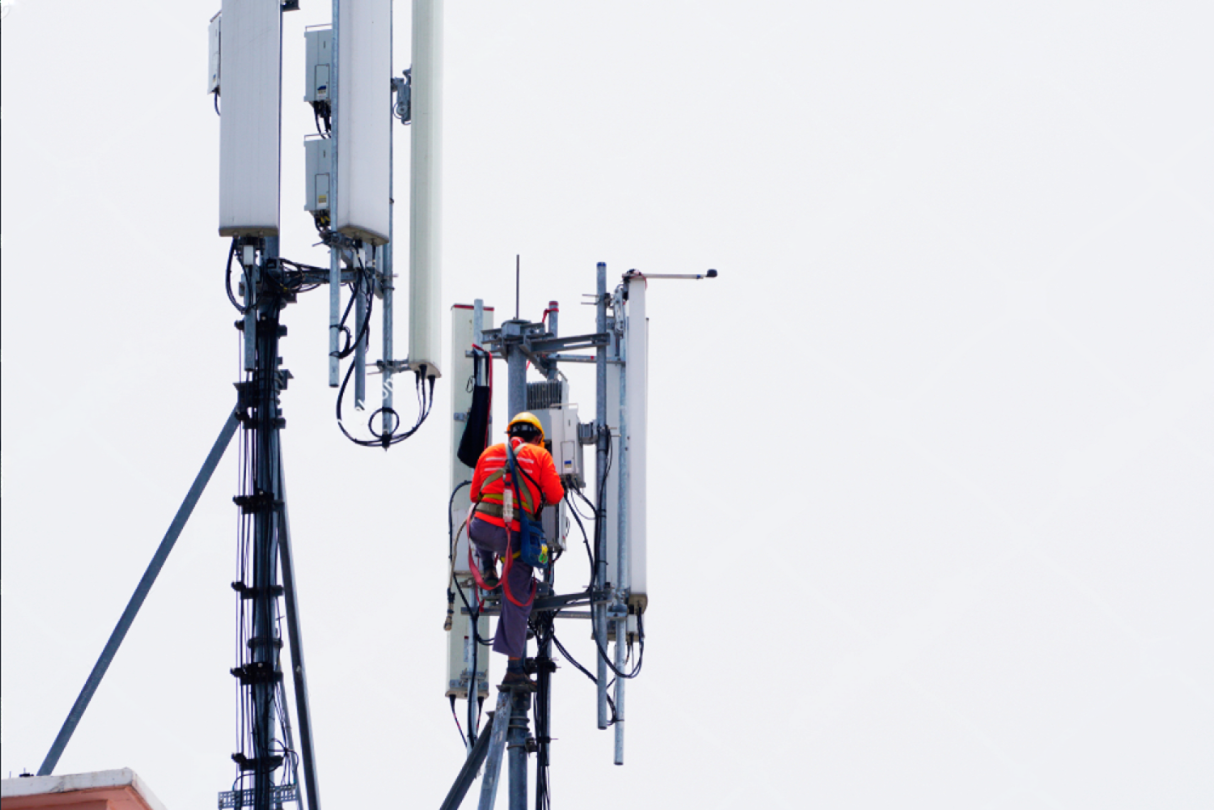September 30, 2025

As enterprises embrace digital transformation, the cost of connectivity has become one of the most pressing questions in the boardroom. Traditional Wi-Fi and public carrier contracts no longer meet the demands of industries that depend on secure, always-on performance. That’s why IT leaders and CFOs alike are turning their attention to private cellular networks. Once considered an expensive luxury for only the largest corporations, private LTE and 5G have now entered the mainstream — offering scalable, cost-effective, and secure solutions for organizations of all sizes. But with new opportunities come new questions: how much will it cost, what factors drive that investment, and how soon will ROI be realized?
In today’s digital-first economy, enterprises are under pressure to deliver secure, reliable, and scalable connectivity across every corner of their operations. From healthcare and logistics to manufacturing and education, IT leaders and CFOs are asking the same question: What will it cost to deploy a private cellular network?
For years, private networks were seen as an option only for global enterprises with deep pockets. But in 2025, that perception is changing fast. Thanks to shared spectrum availability like CBRS, affordable hardware, and specialist providers, private LTE and private 5G networks are now accessible for mid-sized businesses as well.
The growing demand for cost transparency reflects a shift in mindset. Enterprises want predictable budgets, clear ROI timelines, and an understanding of how costs scale with their operations. Whether it’s a hospital ensuring HIPAA-compliant patient data or a logistics hub connecting IoT devices across warehouses, the question of cost is no longer “if we can afford it”, it’s “how do we design it to fit our budget and scale?”
2025 marks a tipping point: more enterprises are recognizing that the upfront investment in private cellular networks is quickly offset by long-term savings, improved security, and freedom from public carrier contracts.
The cost of a private cellular network varies widely, but four major factors determine your overall budget:
1. Scale of Deployment
The size of your enterprise is the single biggest driver of cost. A single-site warehouse or hospital may only need a handful of small cells and radios, while multi-campus universities or manufacturing plants could require dozens of nodes, core equipment, and site integration. Device count also plays a major role; the more IoT sensors, mobile devices, and mission-critical systems you connect, the higher the infrastructure investment.
2. Spectrum Costs
Enterprises can access spectrum in three ways: free/shared (such as CBRS in the U.S.), licensed, or through leasing arrangements. Shared spectrum is often free but requires interference management. Licensed spectrum offers more reliability but adds recurring fees. Choosing between the two depends on industry regulations, performance needs, and geographic coverage.
3. Infrastructure and Equipment
Every deployment requires radios, small cells, antennas, and core equipment, either on-premises or cloud-hosted. Costs also vary depending on whether you need outdoor towers, high-capacity antennas, or integration into rugged environments like factories or logistics hubs.
4. Integration and Deployment Labor
Private networks don’t operate in isolation. They need to integrate seamlessly with IT and OT systems, from ERP platforms to IoT management tools. Labor costs include network design, RF propagation studies, site surveys, and physical deployment, all of which add to the budget but are critical for long-term reliability.
Upfront capital expenditure typically includes:
After deployment, enterprises need to account for operational expenses, which typically include:
On average, OpEx ranges from 15–20% of initial CapEx annually, though managed service models can provide cost efficiency and reliability.
Enterprises often ask whether to start with LTE or jump straight to 5G. The answer depends on workload needs and budget.
For most organizations, the best approach is hybrid: adopt LTE now to address current needs, then transition to 5G as workloads demand.
When considering the cost of a private cellular network, decision-makers must look beyond the upfront investment and focus on the long-term return. For most enterprises, the financial and operational benefits quickly outweigh the initial expenses.
Not all private cellular network providers are created equal. Enterprises should consider:
Metro Wireless is uniquely positioned as a U.S.-based specialist provider, offering affordable, enterprise-grade LTE and 5G private networks with rapid deployment.
Contact Metro Wireless to explore flexible pricing models tailored to your business.
The value of a private cellular network depends on your industry, enterprise size, and digital maturity. If your organization relies on uptime, regulatory compliance, and secure connectivity, the benefits often far outweigh the costs.
For healthcare providers, it ensures HIPAA-compliant patient data access. For manufacturers, it supports automation and robotics. For logistics and transportation, it enables real-time supply chain visibility. Even mid-sized enterprises are finding that private LTE and 5G deliver a competitive edge that public carriers simply can’t match.
Metro Wireless helps businesses of all sizes design cost-effective, enterprise-grade networks built for today and tomorrow. For real-world examples of how enterprises manage costs and ROI with private LTE and 5G, explore Metro Wireless’s case studies.
How much does a private cellular network cost in 2025?
Costs vary based on scale, but deployments can range from $50K for small sites to $1M+ for multi-campus enterprises.
What factors affect the cost of a private cellular network?
Scale, spectrum, equipment, and integration are the biggest cost drivers.
Is private LTE cheaper than private 5G?
Yes. LTE has lower upfront costs, while 5G requires more investment but delivers advanced capabilities.
Do I need to pay for spectrum licenses?
Not always. In the U.S., CBRS offers free shared spectrum, but some industries opt for licensed spectrum for reliability.
What are the ongoing costs of running a private cellular network?
Ongoing costs include management, software updates, SIM provisioning, and security monitoring.
Can small and mid-sized businesses afford private cellular networks?
Yes. Costs are scalable, and specialist providers make deployments affordable for SMBs.
How long does it take to see ROI on a private cellular network?
Most enterprises see ROI within 12–24 months.
Are private cellular networks more cost-effective than public carriers?
Yes. Enterprises avoid recurring carrier fees while gaining security, scalability, and control.
What industries save the most with private cellular networks?
Healthcare, logistics, manufacturing, and education typically see the highest savings.
Does Metro Wireless offer managed private cellular network services?
Yes. Metro Wireless provides managed LTE and 5G private networks with predictable pricing models.
Why wait 18 months and spend millions with big carriers when Metro Wireless can design and deliver a private LTE/5G network in just 90 days at a fraction of the cost? No excuses. Just enterprise-grade connectivity built for businesses that can’t afford downtime.
Contact Metro Wireless today to get a clear cost estimate and see how we make private networks work for your business.

Tyler Hoffman
CEO
